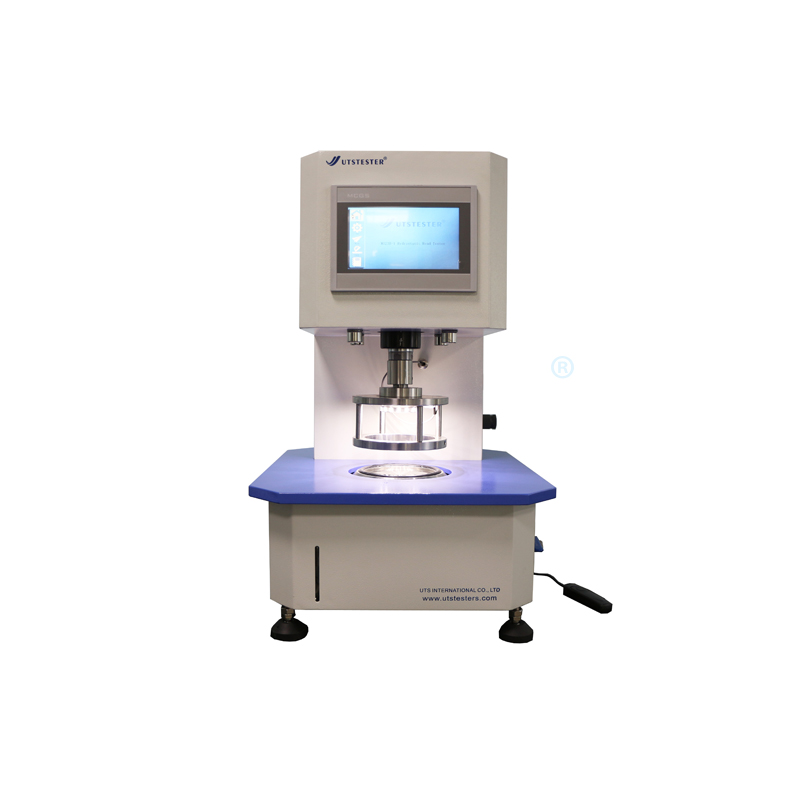 +86 152 6060 5085
+86 152 6060 5085
 +86 152 6060 5085
+86 152 6060 5085
Blog
Catalog
The dye fastness of textiles (abbreviated as color fastness) refers to the way dyed or printed fabrics are subjected to external factors (extrusion, friction, washing, rain, exposure, light, seawater immersion, saliva immersion, water immersion, etc.) during use or processing. The degree of fading under the action of stains, sweat stains, etc.) is an important indicator of fabrics. If the color fastness is good, the textile will not fade easily during post-processing or use; if the color fastness is poor, fading or staining will occur, which will not only affect the appearance of the garment but also affect the health.
It can be said that the color fastness quality problem of textiles is not unfamiliar to most consumers. Black jeans turn gray after being washed twice, the soles of the feet are stained by new socks, white bottoming shirts are "contaminated" by dark sweatshirts, and silk After washing the dress once, the pattern and color are gone... These quality issues related to color fastness have been bothering us and are also an important item of consumer complaints. Judging from the spot inspections of textiles and clothing by the national quality supervision department in recent years, unqualified color fastness is also a frequent quality problem.
What items are included in the color fastness testing of textiles? What are the testing standards? Among them, which color fastness items must be tested for all textiles? Which items are textiles for special groups or special functions?
There are many testing items for color fastness. The main ones that are often assessed in technical specifications or product standards are:
GB/T 5713—2013 "Color Fastness to Water"
GB/T 3922-2013 "Color Fastness to Perspiration"
GB/T 3920-2008 "Color Fastness to Rubbing"
GB/T 18886-2002 "Color Fastness to Saliva"
GB/T 3921-2008 "Color Fastness to Soaping"
GB/T 5711-2015 "Color Fastness to Dry Cleaning"
GB/T 8427-2008 "Light fastness"
GB/T 31127-2014 "mutual color fastness of splicing"
GB/T 5714-1997 "Color Fastness to Seawater"
The color fastness items that must be tested for textiles are detailed in the two mandatory national standards: GB 18401-2010 "National Basic Safety Technical Specifications for Textile Products" and GB 31701-2015 "Safety Technical Specifications for Textile Products for Infants and Children" Regulation.
GB 18401 is applicable to clothing, decorative and household textiles produced and sold in my country. Color fastness testing items include color fastness to water, color fastness to acid perspiration, color fastness to alkali perspiration, color fastness to dry rubbing, Color fastness to saliva (infant and young children textile products);
GB 31701-2015 applies to infant and children's textile products sold in my country. In addition to the color fastness items in GB 18401, the color fastness testing items of infant textile products and children's textile products that directly contact the skin also assess the resistance to wet friction. Color fastness.
Color fastness to saliva is generally only assessed on infant textile products;
The color fastness to soaping is generally only assessed for products that are marked washable in the clothing instructions;
The color fastness to dry cleaning is generally only assessed for products that are marked as dry-cleanable in the clothing instructions;
Light fastness and color fastness are generally only assessed on textiles that are exposed during use, such as jackets, hats, bedding, etc. Underwear products are not assessed;
The mutual color fastness of splicing is generally only assessed when dark and light colors are spliced together;
Color fastness to seawater is generally only assessed on swimsuit fabrics.
For clothing with a relatively complex structure, how to generally test the color fastness and evaluate whether it is qualified?
During the color fastness test, for printed and yarn-dyed products with large or irregular pattern cycles, each hue is tested separately, and the lowest level is used as the test result;
Color fastness is not assessed for products that are in direct contact with the skin and small components that weigh no more than 1% of the entire product in products that are not in direct contact with the skin;
The winter jackets that are currently popular on the market have an inner fleece + outer jacket. They can be worn as a whole, or can be broken down into two pieces and worn separately. For the color fastness test of this type of clothing, it should be used as two pieces of clothing. Test and assess separately.
What are the common unqualified items for textile color fastness? What are the reasons for disqualification?
In various supervisory inspections and consumer complaints, the unqualified rate of color fastness items accounts for a high proportion. According to laboratory testing experience, common unqualified items in color fastness include color fastness to rubbing and color fastness to saliva. , color fastness to light, color fastness to perspiration, etc.
There are also various reasons that affect the color fastness of textiles, such as unqualified or unsuitable selection of dyes and auxiliaries for the fabric, inappropriate dyeing and finishing processes, etc.
For consumers and dealers, is there a simple and quick way to identify whether the color fastness is qualified?
For consumers and dealers, if you want to identify the quality of color fastness through a simple and quick method, you can use a piece of cotton white cloth to rub the surface of the fabric hard. If the white cloth is seriously stained, it means that the floating color on the fabric is heavier. , it is very likely that the color fastness will be unqualified, so choose carefully.

Email: hello@utstesters.com
Direct: + 86 152 6060 5085
Tel: +86-596-7686689
Web: www.utstesters.com